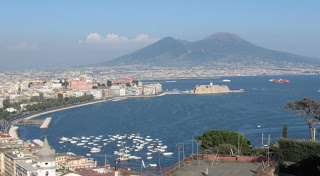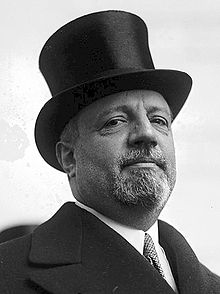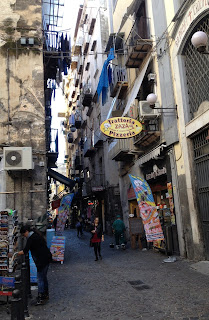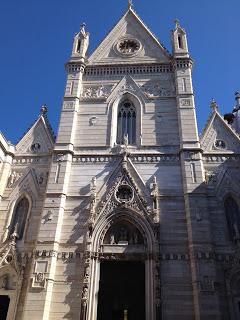Talented musician wrote music for a queen
 |
| Bernardo Pasquini was one of many composers supported by Queen Christina of Sweden |
He is remembered as an important composer for the
harpsichord and for his musical scores for operas.
Along with his fellow composers Alessandro Scarlatti and
Arcangelo Corelli, Pasquini was a member of the Arcadian Academy (Accademia
degli Arcadi) which was set up in Rome by one of his patrons, Queen Christina
of Sweden.
Pasquini enjoyed Queen Christina’s protection while he was
living in Rome and produced several operas in her honour. These were staged in
Rome initially and then replayed in theatres all over Italy.
Queen Christina had abdicated from the throne of Sweden in
1654, converted to Roman Catholicism and moved to live in Rome.
While living in the Palazzo Farnese, she opened up her home
for members of the Arcadian Academy to enjoy music, theatre, literature and
languages with her.
She became a cultural leader and protector of many Baroque
artists, composers and musicians.
 |
| The Trevi Fountain is an example of Rome's Baroque architecture |
Pasquini was born in what is now the municipality of Massa e Cozzile in Val di Nievole in Tuscany in
1637. He was a pupil of Marcantonio Cesti and Loreto Vittori before he went to
live in Ferrara, where he was a church organist, and then moved on to Rome
while he was still a young man.
He entered the service of Prince Borghese and, as a renowned
virtuoso keyboard player, soon became the organist at the Basilica of Santa
Maria Maggiore.
Pasquini was buried in the church of San Lorenzo in Lucina,
which is in Piazza San Lorenzo, just off Via del Corso in Rome.
You can see Pasquini’s tomb in San Lorenzo in Lucina which bears a
carved portrait of him. Three years after Pasquini’s death, his nephew Felice
Bernardo Ricordati and one of his pupils, Bernardo Gaffi, commissioned Pietro
Francesco Papaleo to sculpt a portrait of the composer in Carrara marble.
Travel tip:
Palazzo Farnese in Piazza Farnese in the Campo De’ Fiori
area of Rome is now being used as the French Embassy. Queen Christina was
allowed to lodge in this important renaissance building by Pope Alexander VII while it was standing empty following the death of Cardinal Odoardo Farnese.
















